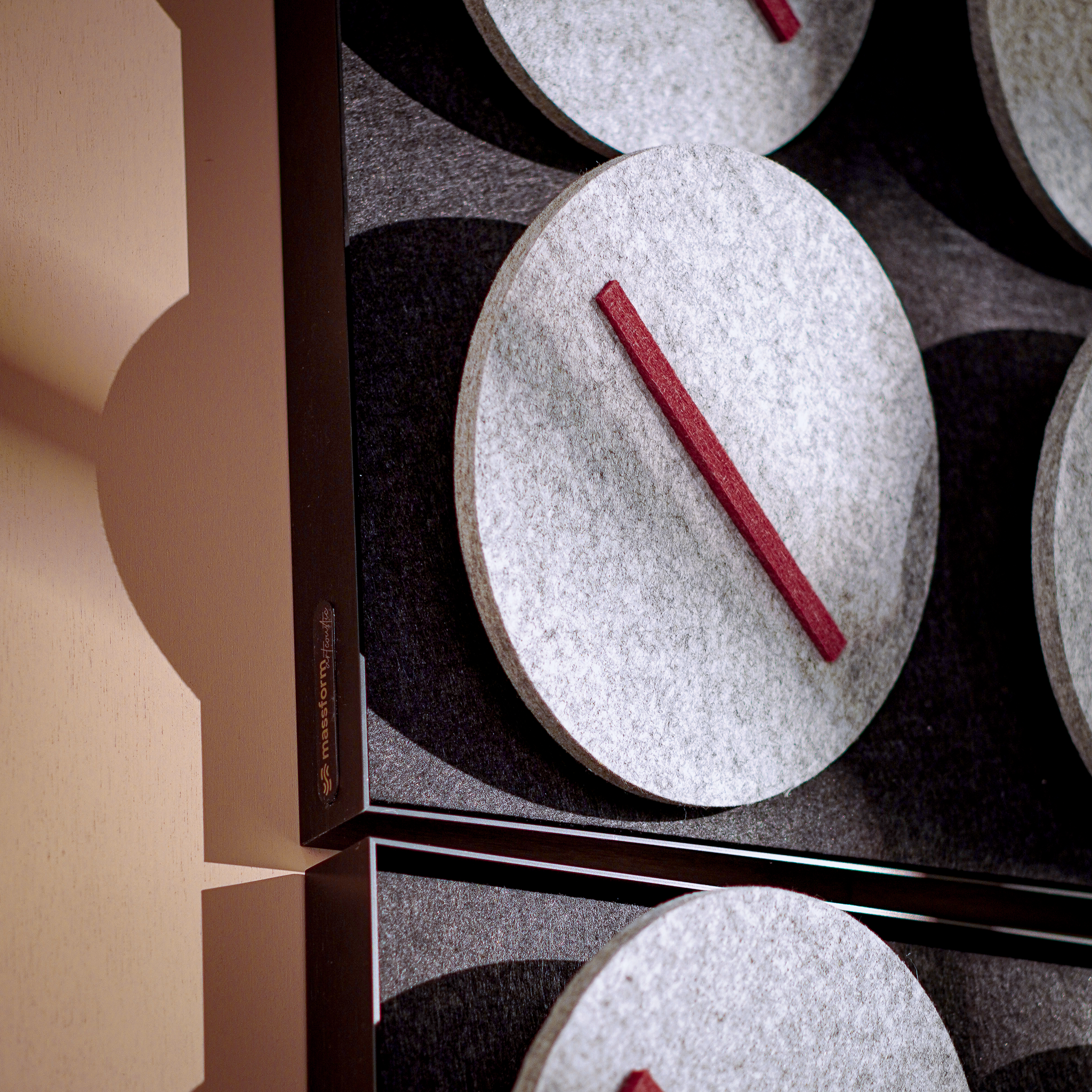Most people assume the NRC — Noise Reduction Coefficient — tops out at 1.00. After all, that means 100% of the sound is absorbed, right?
Yes — and no.
Here’s the truth: if your panel is performing really well, you might see an NRC of 1.05, 1.10, or even higher. It’s not a mistake. It’s not marketing inflation. It’s real physics — and it means something important.
What NRC Actually Measures
NRC is a simplified score, averaging how much sound a material absorbs at 250Hz, 500Hz, 1000Hz, and 2000Hz — four key midrange frequencies.
-
0.00 = reflects all sound
-
1.00 = absorbs all sound
-
> 1.00 = ...wait, what?
That’s where things get interesting.
Why It Can Go Over 1.0
While 1.0 is often described as “100% absorption,” it's based on the idea that sound hits a flat surface and disappears proportionally.
But in real rooms — and in real panel design — things aren’t that tidy.
If a panel is:
- thicker than expected (side is also absorbing sound that's not calculated in the area)
- spaced with an air gap (traps sound inside the air gap, bouncing and absorbing)
- designed with diffusion, edge diffraction, or angled geometry (bounced and absorbed multiple times)
...it can absorb more total energy than its surface area alone would suggest.
below is our cymbal series that might have been our best performing panel, since it's angled and supported by sound absorbing material, the sides are also absorbing sound as well as trapping sound in it's angled cavities.

In other words, the panel punches above its weight. And the lab records that honestly.
How It Happens
Here’s a real-world example from our lab test:
| Frequency (Hz) | NRC (Surge + Bass Trap) |
|---|---|
| 315 | 1.91 |
| 400 | 1.65 |
| 500 | 1.61 |
These aren’t “errors.” They’re evidence that our panels are absorbing more energy across multiple modes — including bass buildup, wall reflections, and edge wave behavior.
What It Means for You
If you see NRC values above 1.0 on our charts, here’s what it means:
- The panel is performing exceptionally well
- It's working not just at the front surface, but as a system — including its depth, air gap, and material behavior
- You get cleaner sound, tighter low-end, and fewer room artifacts
And we’d rather show you real data than flatten the numbers to fit old expectations.
Want to See the Lab Report?
We’ve made the certified test document available for download here (in Chinese for now — English summary coming soon): Download Surge + Bass Trap Test PDF
Coming Next:
Vol. 2: What Is an Air Gap — and Why Does It Help? Because sometimes the space behind a panel is doing more than you think.














Share:
Behind the Numbers: Our Acoustic Testing Explained
When Art Absorbs More Than Expected — The Crazy Performance of Our Cymbals Series